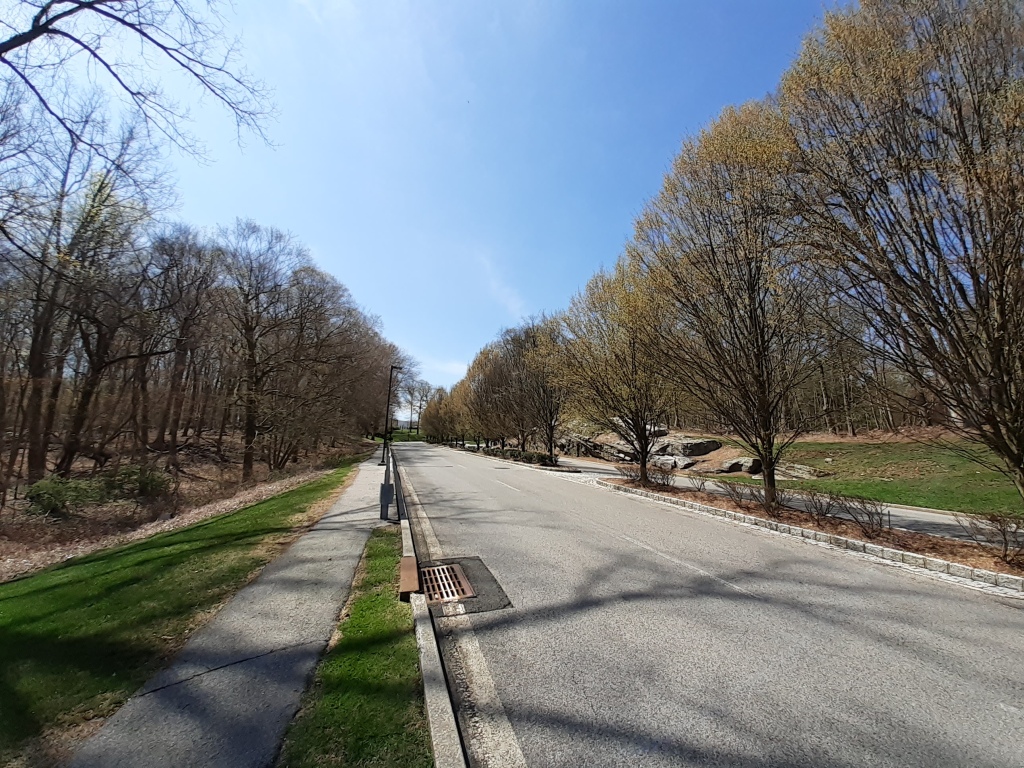I mentioned in a prior post that I had started drinking chamomile tea in lieu of coffee at work, and the benefits I reaped from it. Two weeks ago, I made the bold decision to eliminate coffee from my diet almost completely. In hindsight, it was a perilous decision that yielded some positive results.
I work at a nursing home, which is a fast-paced environment like most areas in the medical field. My co-workers are coffee-fueled individuals, and at one point, so was I. Unlike my co-workers, I felt that my dependance on coffee was hindering me more than fueling me. I would come home with no energy, ready to crash onto my bed and not get up. There are things that I have in mind to do after my work days that I can’t do if I’m too tired to do anything.
I decided that in order to be more active, I needed for my body to be less dependent on caffeine. So, two weeks ago, I quit coffee cold turkey. Not the best method for giving up coffee, and definitely the most challenging method when working in a high-traffic environment that’s constantly busy.
The side effects were almost immediate. My body started to feel excessive lag, as if a full night’s sleep wasn’t enough to keep me going. Mid-day lag hit like a ton of bricks, with fits of yawning and needing to constantly stretch. My patience was running thinner than usual, and I would find myself irritated by things I would normally turn the other cheek for.
Waking up in the morning was the hardest. I felt like a zombie, trudging along in the morning. While I was able to focus on workplace tasks well enough, it felt as if I needed twice as much energy to concentrate on getting the job done. I had less patience for people who frustrated me, and any semblance of a “poker face” was all but gone. My body was feeling the changes hard.
About 9 or 10 days later, I was finally on an even keel. I was less dependent on coffee than I had ever been. My sense of smell was stronger than ever. I found myself wanting to drink more water, milk, and tea, and I found myself not wanting sodas as much as I used to. I’ve been able to sleep better, and getting out of bed doesn’t feel as tedious. My patience has returned for the most part, and when I’m confronted with things that do irritate me, I’m able to restrain myself and react in a tactful manner.
The minor amount of occasional caffeine that I do take in is from green tea, which has been a healthier option for me. In fact, a wide selection of herbal teas, from peppermint and chamomile to peach ginger, have helped me stay away from coffee for the most part. The rare occasion here or there where I do have a cup of coffee, it’s usually as a last resort instead of a first option. If I find myself without any other option at the moment (I forgot to pack my tea or water, etc.), then I’ll fix a small half cup of coffee to tide me over. Not enough to fully relapse into drinking it on a constant basis, but just enough until I can drink something to flush it out of my system and satisfy my taste.
Overall, life after coffee was rough at first, but once my body readjusted itself, caffeine wasn’t a necessity in my life. Gone are the days of needing a cup of coffee to start my day. Now and days, the only couple of times I need a small half cup may be when I’m about to do an evening workout, if I even need it at all. Do I miss the days of carrying a Folgers packet with me to work? Sometimes. Do I miss the days where I couldn’t function at work without a cup of black coffee? Not at all. This is a case where the pros outweigh the cons immensely. I’m glad that coffee doesn’t play a huge part in my life anymore.



